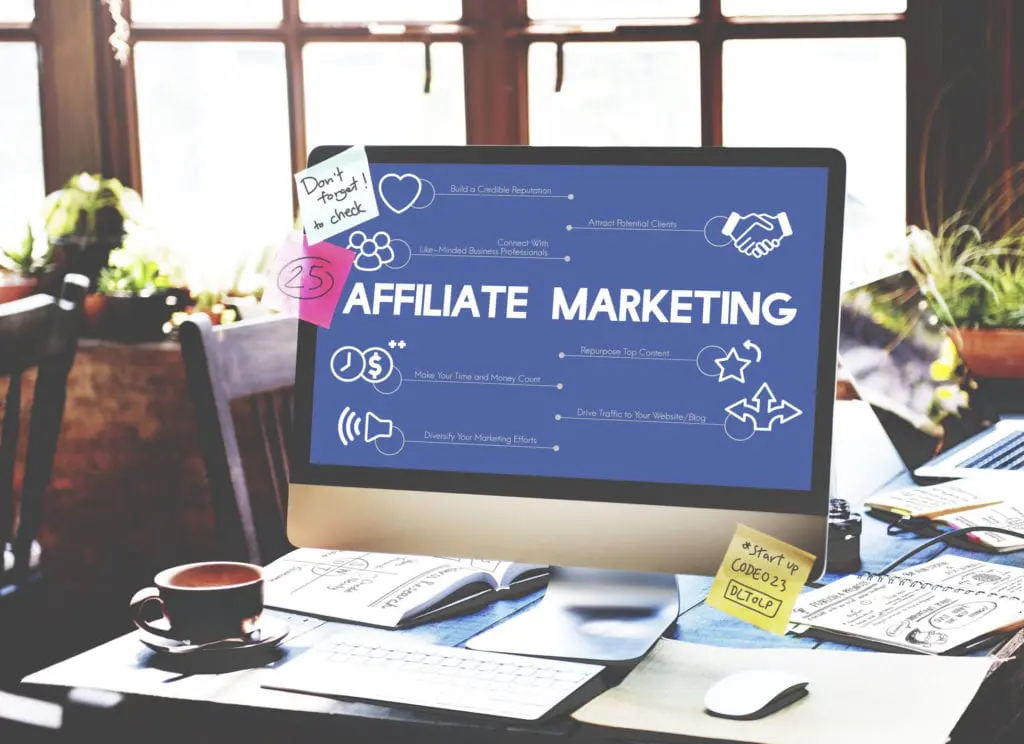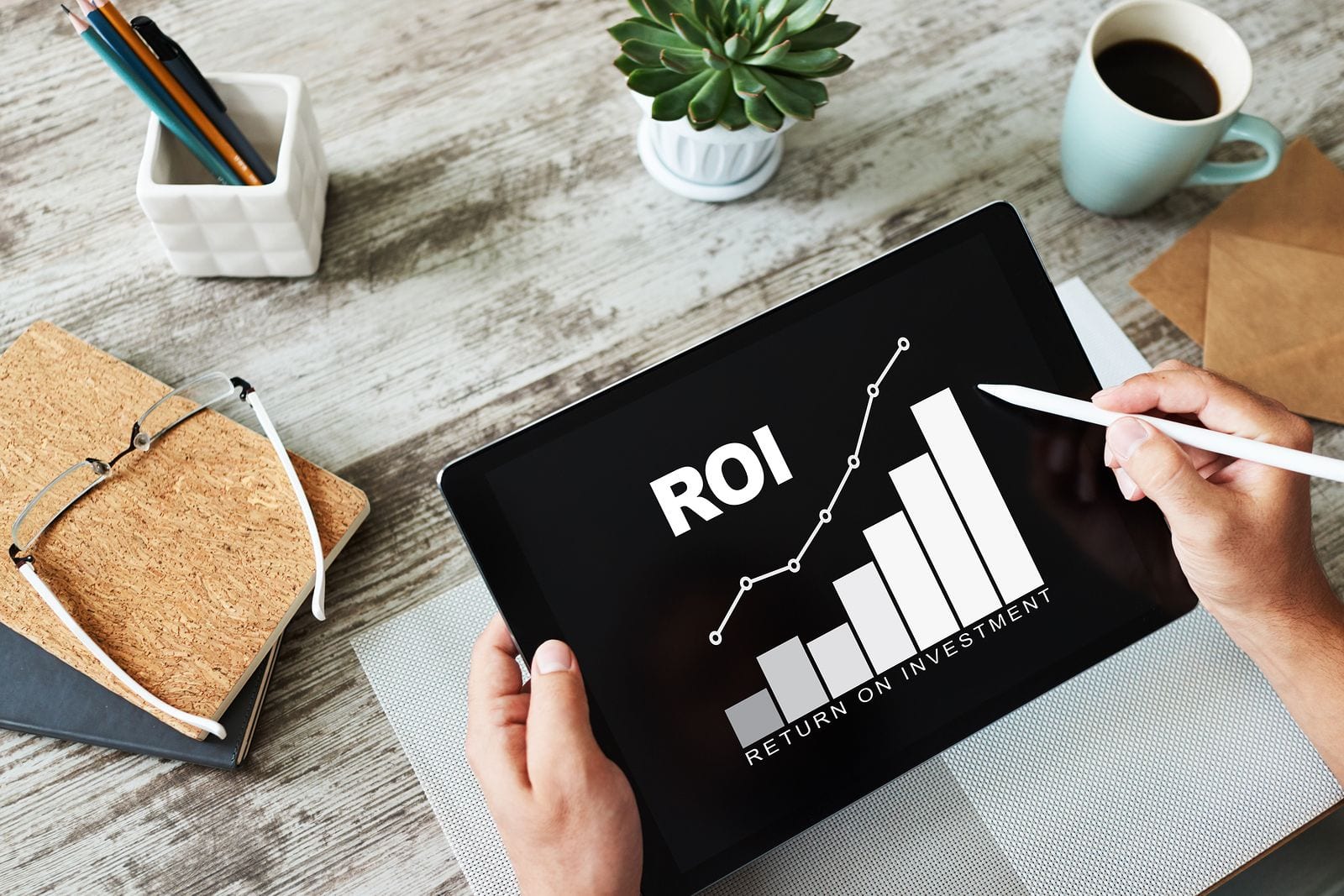A successful affiliate marketing funnel is essential for guiding your audience through the buyer’s journey, from initial awareness to making a purchase. By creating a well-structured funnel, you can optimize your marketing efforts, build trust with your audience, and ultimately increase your affiliate commissions. In this article, we’ll discuss the key stages of an affiliate marketing funnel and provide strategies for optimizing each stage to maximize conversions.
1. Awareness
The first stage in the affiliate marketing funnel is awareness, where potential customers become aware of your brand and the products you promote. At this stage, your primary goal is to reach your target audience and create a positive first impression.
Strategies for the Awareness stage:
- Content Marketing: Create high-quality content that provides value to your audience and showcases your expertise in your niche. This can include blog posts, videos, podcasts, or social media updates.
- SEO: Optimize your website and content for search engines to increase organic traffic and visibility.
- Social Media: Leverage social media platforms to engage with your target audience and share valuable content.
- Paid Advertising: Utilize paid advertising channels such as Google Ads, Facebook Ads, or native advertising to reach a larger audience.
2. Interest
Once your audience is aware of your brand, the next stage is to generate interest in your affiliate products. At this stage, your goal is to provide more in-depth information about the products and demonstrate how they can solve your audience’s problems.
Strategies for the Interest stage:
- Product Reviews: Write comprehensive, honest, and detailed product reviews that highlight the features, benefits, and potential drawbacks of the products you promote.
- Webinars and Tutorials: Host webinars or create tutorial videos that showcase the product’s capabilities and teach your audience how to use them effectively.
- Email Marketing: Utilize email marketing to provide additional information about the products and share customer testimonials, case studies, or success stories.
3. Consideration
In the consideration stage, your audience starts evaluating the different options available to them and comparing the products you promote to other alternatives. Your goal at this stage is to position your affiliate products as the best solution for their needs.
Strategies for the Consideration stage:
- Comparison Guides: Create comparison guides that outline the differences between your affiliate products and competing alternatives, emphasizing the unique advantages of your recommended options.
- Expert Endorsements: Leverage expert opinions or endorsements to build credibility and trust in your product recommendations.
- Special Offers: Provide exclusive discounts or bonuses to your audience to make your affiliate products more attractive and competitive.
4. Conversion
The final stage of the affiliate marketing funnel is conversion, where your audience makes a purchase through your affiliate link. Your primary goal at this stage is to make it as easy as possible for your audience to complete the transaction.
Strategies for the Conversion stage:
- Clear Calls-to-Action: Use clear and compelling calls-to-action in your content to encourage your audience to click on your affiliate links.
- Streamlined User Experience: Ensure your website is easy to navigate, with a simple purchasing process and minimal distractions.
- Trust Signals: Include trust signals such as testimonials, reviews, and security badges to reassure your audience and alleviate any concerns they may have about making a purchase.
Conclusion
Building a successful affiliate marketing funnel requires careful planning and optimization at each stage of the buyer’s journey. By focusing on strategies that drive awareness, generate interest, facilitate consideration, and encourage conversion, you can create a seamless experience for your audience and maximize your affiliate marketing revenue. Remember to continually test and refine your funnel to ensure its effectiveness and adapt to the ever-changing needs and preferences of your target audience.





